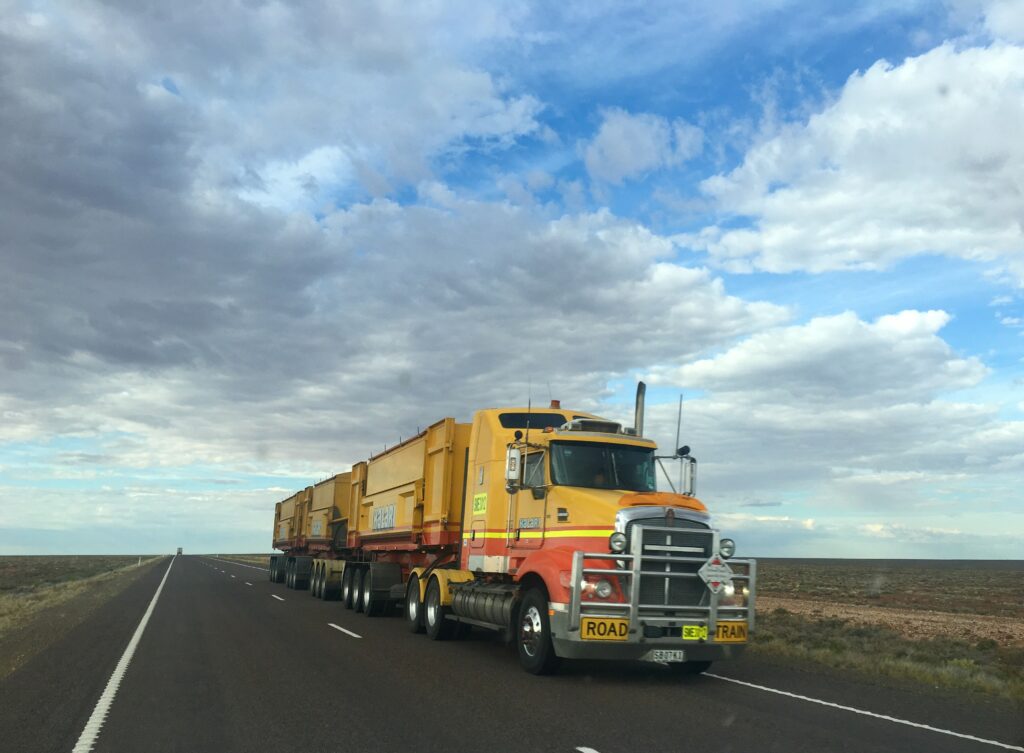<p>Truck rentals used for moving are designed to hold a certain number of items, usually measured in cubic feet. For instance, there are 16-cubic-foot trucks, 24-cubic-foot trucks, and other sizes both smaller and larger. But, the capacity of the truck means nothing if you don’t know how to maximize your storage space by packing and loading like an expert.</p>
<p>More common than not, movers don’t know how to effectively load their goods into their truck rental, resulting in many cubic feet of space left unused while some of their household items are forced to be left behind. Here are some tips from https://www.trgroup.co.nz/who-we-are/our-people/auckland/, a trusted truck rental company for loading a moving truck so you can pack like a pro and use all the space that’s available to you.</p>
<p> ;</p>
<h2>Preparing To Load</h2>
<p>You’ll find that pre-planning how you’ll load reduces loading time and fatigue. And, just as important, it ensures your belongings travel safer.</p>
<ul>
<li>Place everything you can inside similar-size moving-grade boxes (rather than “grocery store” boxes or plastic totes). Moving boxes were designed for easy “squaring-off,” which helps maintain the integrity of the load as items are stacked on top.</li>
<li>Make sure all boxes are labeled with their contents and destination room location.</li>
<li>Wrap all unboxed items in paper padding, plastic stretch wrap or furniture pads.</li>
<li>Wrap upholstered furniture with self-adhering plastic wrap, paper padding or furniture pads to protect from soil and punctures.</li>
<li>Wrap wood or metal furniture with moving pads or paper padding. Pay special attention to corners and legs.</li>
<li>Wrap mirrors, large framed pictures and marble table tops in plenty of paper padding or furniture pads.</li>
<li>Use plastic wrap or packing tape to secure moving pads or paper padding to furniture (making sure not to place tape directly on furniture).</li>
<li>Be generous with padding to avoid scratches, gouges, and broken items.</li>
<li>Disassemble furniture such as kitchen tables, entertainment centers, bed frames, headboards, footboards, and dresser mirrors.</li>
<li>Keep in mind that furniture made of particle board is more susceptible to damage when shipped assembled. It is not built to withstand the normal stresses that occur when traveling in a moving truck (which is why manufacturers ship disassembled). While it is safer to move this type of furniture disassembled, it can be less sturdy after being taken apart and reassembled.</li>
<li>Wrap bed rails or disassembled table legs and roll them into large rugs or carpets.</li>
<li>Remove shelves from bookcases, armoires, etc., and wrap them separately (if removable).</li>
<li>Remove hardware, screws, parts, etc., from furniture, place them in a sealable bag and tape to the back of furniture or inside a drawer.</li>
<li>Prior to moving day, measure doorways to determine the best door to move large furniture out of.</li>
<li>Remove all food from refrigerators/freezers.</li>
<li>Defrost refrigerators/freezers 24-48 hours prior to loading.</li>
<li>Hang a bag of charcoal or coffee beans/grounds inside the refrigerator/freezer to prevent “musty” odors.</li>
<li>Disconnect water/ice-maker lines and tape the cord to the back of the refrigerator/freezer.</li>
<li>Avoid tipping your refrigerator/freezer on its side as this can cause damage to the compressor.</li>
<li>Drain all water out of washing machines 24 hours prior to loading. Avoid doing a load of laundry on the day of the move.</li>
<li>Tip the washing machine backward to drain as much water as possible.</li>
<li>Place hoses from washer or dryer in a plastic bag and put them inside the unit.</li>
<li>Pack trays/glass shelves from microwaves and refrigerators inside a moving box.</li>
</ul>
<p> ;</p>
<h2>Protecting Yourself While You’re Loading</h2>
<p>While there are certain things you can do to ensure your belongings travel safely to your new home, you’ll also want to ensure an injury-free moving day. Share the tips below with anyone planning to help with loading or unloading your shipment.</p>
<ul>
<li>Have someone available to help lift heavy items. Don’t overdo it. If you have to strain to carry the load, it’s too heavy.</li>
<li>If you need assistance with loading or unloading, ask your U-Pack representative; we can help!</li>
<li>If you have heavy items, consider using a dolly.</li>
<li>Avoid wearing clothing that may get snagged while carrying furniture out of doorways and into the moving truck.</li>
<li>Wear leather gloves when handling large, heavy objects with sharp edges (you’ll need these for installing the trailer ramp and bulkhead, too. See U-Pack’s ramp set-up and ramp removal instructions and bulkhead installation instructions).</li>
<li>Wear durable, supportive footwear with a good grip (avoid sandals or open-toed shoes).</li>
<li>Pace yourself. If you have a lot to move, take small breaks throughout the process.</li>
<li>Make sure you can see where you’re walking.</li>
<li>Avoid walking on slippery, uneven surfaces.</li>
<li>Bend your knees – not from your waist – when picking up and setting down objects.</li>
<li>Always lift with your legs and not with your back.</li>
<li>Keep your back as straight and vertical as possible – don’t arch your back or reach out for an object.</li>
<li>Get a firm footing before picking up a heavy object (parting your feet and putting one foot slightly in front of the other help give you good balance).</li>
<li>When lifting, stand close to the item with your feet shoulder-width apart, elbows tucked in, and chin down.</li>
<li>Use slow and smooth movements.</li>
<li>Keep your body facing the object while you lift it – avoid twisting.</li>
<li>Try to carry the object in the space between your shoulder and waist; this puts less strain on your back.</li>
<li>When using a dolly, make sure the blades are centered and completely under the load.</li>
<li>Always walk with the dolly in front of you and keep the load balanced, with heavier items on the bottom.</li>
<li>Avoid loading items onto the dolly higher than chest-level.</li>
<li>When going up or down the ramp or steps, have a second person help support the item.</li>
</ul>
<p>Follow these simple packing and loading tips and you’ll notice that you’ll not only pack more efficiently but your move will go much smoother than you might have imagined.</p>

Tips for Loading a Moving Truck Safely and Efficiently
